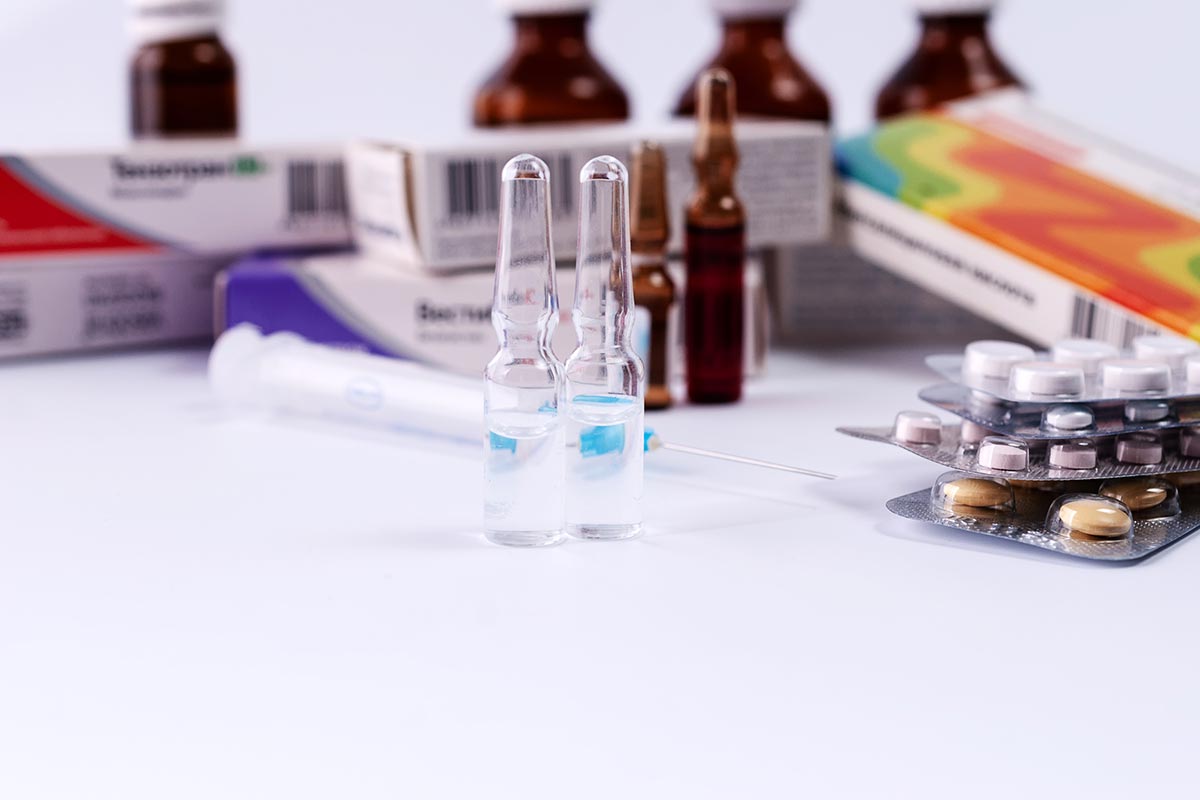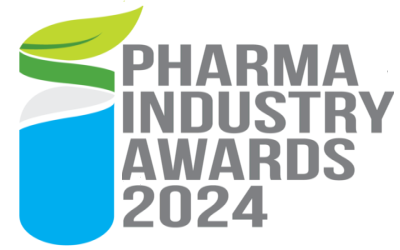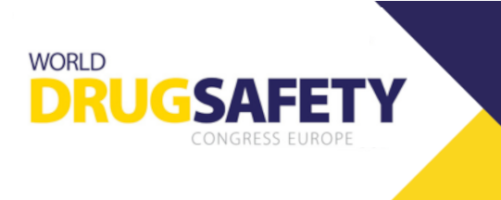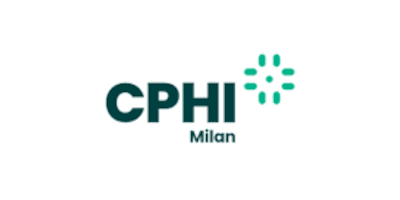The European Medical Devices Regulation (MDR) 2017/745/EC was published on 5th May 2017 and has updated significantly the requirements for medical devices placed on the European market. It has introduced new requirements for manufacturers to comply with to achieve CE marking before placing their products on the European market. Some of the principal changes are in the areas of the role of economic operators, vigilance and post-market surveillance, increased requirements for clinical evidence and, expansion of the scope of products covered under the regulation when compared with the previous directives. This guide provides some background to the legislative changes with a focus on the requirements in the regulation of what are typically known as drug-device combination products.
The regulatory framework for devices
The existing legislative framework for medical devices in Europe has been by way of three Directives covering general medical devices, in-vitro diagnostic medical devices, and active implantable devices. These Directives have been transposed into the national law of the various Member States and have been in existence for almost 30 years. The general principle has been that medical devices in the EU undergo a conformity assessment procedure to demonstrate that they meet the legal requirements to ensure they are safe to use and that they perform as intended by the manufacturers. The detail of the conformity assessment depends on the risk class of the device – Class I being the lowest risk, Class IIa, Class IIb, and finally the highest risk devices are designated as Class III. The conformity assessment procedure is more detailed and onerous as the risk class of the device increases. All devices, except for the lowest risk Class I devices that do not have a measuring function and are not sterile, will require assessment by a Notified Body to achieve CE marking. Manufacturers can place a CE mark on their medical device once it has passed the relevant conformity assessment procedure.
This overall approach to medical device CE marking in Europe remains under MDR, however, the adoption of the regulation has changed the legal framework for medical devices and introduced a new approach to medical device conformity assessment with significantly altered requirements, new details to be considered by manufacturers and other economic operators and new concepts to bring the regulation of devices into the modern age. The MDR has a transition period of three years and at the time it was published in May 2017, the date of application was set as 26th May 2020.
At the time of writing, the challenges presented to the sector by the COVID-19 global pandemic have meant that the European Commission has proposed a delay to the date of application of the MDR by 12 months. Although not yet signed off by the European Parliament, it is expected that the date of application for MDR will be 26th May 2021. The postponement of the date of application will allow the medical devices sector to focus efforts on the public health challenge presented by COVID-19 and the supply of relevant devices to the market. It will also afford manufacturers who are still preparing for MDR implementation some extra time to have their products and systems ready for the new requirements.
Let us consider now the details of what this means in the area of drug-device combination products.
What is meant by a drug-device combination product?
How are these regulated?
Interestingly, the MDR does not include the term combination product in its list of definitions. The term combination product is generally understood as described by the US Food and Drug Administration to refer to “a product composed of any combination of a drug and a device; a biological product and a device; a drug and a biological product; or a drug, device, and a biological product”. The intended purpose of the product cannot be achieved without both parts of the combination.
Combination products within the EU have been to this point regulated as either medical devices or medicinal products depending on which component is considered the principal function, and which is considered ancillary. For example, a drug-eluting stent is regulated as a device because the medicinal component contained within the device coating has an ancillary secondary purpose to the main function claimed for the device. In the case of a prefilled insulin injector pen, the purpose of the device is to be the delivery system for an integral drug component and therefore following the medicinal products’ regulatory requirements.
How does MDR change the requirements?
The MDR introduces further clarity over the previous medical devices directive 93/42/EEC in the area of medicinal products that are combined with a device element. There are two types of combinations:
- integral, where the medicinal product and device form a single integrated product (pre-filled syringe, pre-filled inhaler)
- co-packaged, where the medicinal product and the device are separate items contained in the same pack (reusable pen for insulin cartridges).
The regulatory requirements differ depending on whether the device element is integral. Medical devices that are co-packaged or obtained separately must be CE marked in their own right. In the case of integral products, previously there had been no clear regulatory requirements for the device element of combination products that were regulated as medicinal products and contained an integral device component. The medicinal products legislation contained no requirement to consider the regulatory aspects of the medical device aspect of the combination. For medicines with an integral device component, this regulatory gap has been addressed with the inclusion of Article 117 of the MDR, which serves to amend Annex I of the Medicinal Product Directive 2001/83/EC. It requires that where a product is governed by the Medicinal Products Directive and includes a device as an integral part, the marketing authorisation dossier shall include proof of the conformity of the device part, where available. This proof of conformity could be the relevant Notified Body certificate where the device element is CE marked in its own right, or the results of the assessment of the conformity of the device part with the relevant general safety and performance requirements of Annex I of MDR and contained in the manufacturer’s declaration of conformity. If the dossier does not include proof of conformity assessment, then the marketing authorisation applicant must provide an opinion issued by a Notified Body to demonstrate the conformity of the device part with the relevant requirements of Annex I of MDR. Early communication with the notified body is important to discuss the expectations and timing of the review process.
Combination Products Regulated As Devices
For combination products regulated as devices, such as the drug-eluting stent example referenced earlier, the requirement remains for consultation between the Notified Body and a national Competent Authority or the European Medicines Agency (EMA) on the safety and suitability of the medicinal product aspect of the combination product. Products, where the drug product is ancillary to the device, are classified as Class III products under Rule 14 and the process for conformity assessment follows that outlined in Annex IX. The manufacturer submits the technical file to their Notified Body for preliminary review. It is then sent to the drug authority (EMA or CA) for their review and they communicate their findings back to the Notified Body, who considers these findings as part of their final review in making their CE marking decision. The requirement for a drug consultation is familiar from the existing medical devices directive.
Although the consultation process has in the past taken up to 210 days, it has usually run in parallel with the Notified Body assessment of the device. Given the well-documented challenges in Notified Body capacity, manufacturers are advised to engage early with their existing or chosen Notified Body on this process. It is unclear at the time of writing, how much previous medicinal consultation reports completed under MDD will be leveraged in the consultation process for MDR.
There is no grandfather clause provided for under the MDR, but it is reasonable to expect that some consideration will be given to consultations to assess ancillary drug function completed previously. To what extent, it is not yet known.
Our Experience of Working With Clients on Drug-Device Issues
In our consultations with clients in this area at Acorn Regulatory, we are seeing challenges experienced by manufacturers that have traditionally been either pharmaceutical-focused companies or medical device-focused companies and have had limited experience of the other regulatory ‘tradition’. The challenge of unfamiliar territory comes up at times with companies that have (perhaps historically) been pharmaceutical companies that have since acquired another company that has drug-device combination products in its portfolio. This comes into focus now with the new requirements under MDR and in particular Article 117 which amends the medicinal product directive. It requires pharmaceutical companies to engage for the first time with Notified Bodies for the device element of their combination products. Manufacturers have had the transition period up to May 2020, which is likely to become May 2021 shortly due to the COVID-19 extension, to prepare to comply with these requirements, though drug-device combination products already hold a CE mark under the current Medical Device Directive 93/42/EEC can benefit from an extended transition period if the delay to date of application of MDR is approved by the European Parliament. A challenge inherent in this extended transition afforded to products that are already CE marked under MDD is that no changes can be made to the product without undergoing recertification to updated requirements of MDR.
Another consideration that can be overlooked by companies that have their quality system established with one tradition in mind is that although the principles of the quality systems are similar, some specific differences need to be accounted for. For example, deviation investigations are handled differently in a drug company than in a device firm. Companies need to be aware of the differences and ensure that their QMS is modified to address both regulatory frameworks.
The Medical Devices Regulation 2017/745/EC is intended to bring clarity and transparency to the regulatory requirements of medical devices within Europe. The regulation serves to strengthen and enhance the safety and efficacy of devices in a way that reflects a market that has evolved considerably since the medical device directives were adopted in the early 1990s. One of the key areas of technological advancement in the intervening years has been the development of drug-device combination products in various forms and the main considerations in this area have been outlined in this whitepaper.
We Can Assist You With Drug-Device Combination Products
Our medical devices team has extensive experience working with client companies on drug-device combination products. Talk to us today and find out how we can assist you with any issues that you might have related to drug-device products.
Call us on 00353 52 61 76 706 or complete the form on our Contact Us page.




